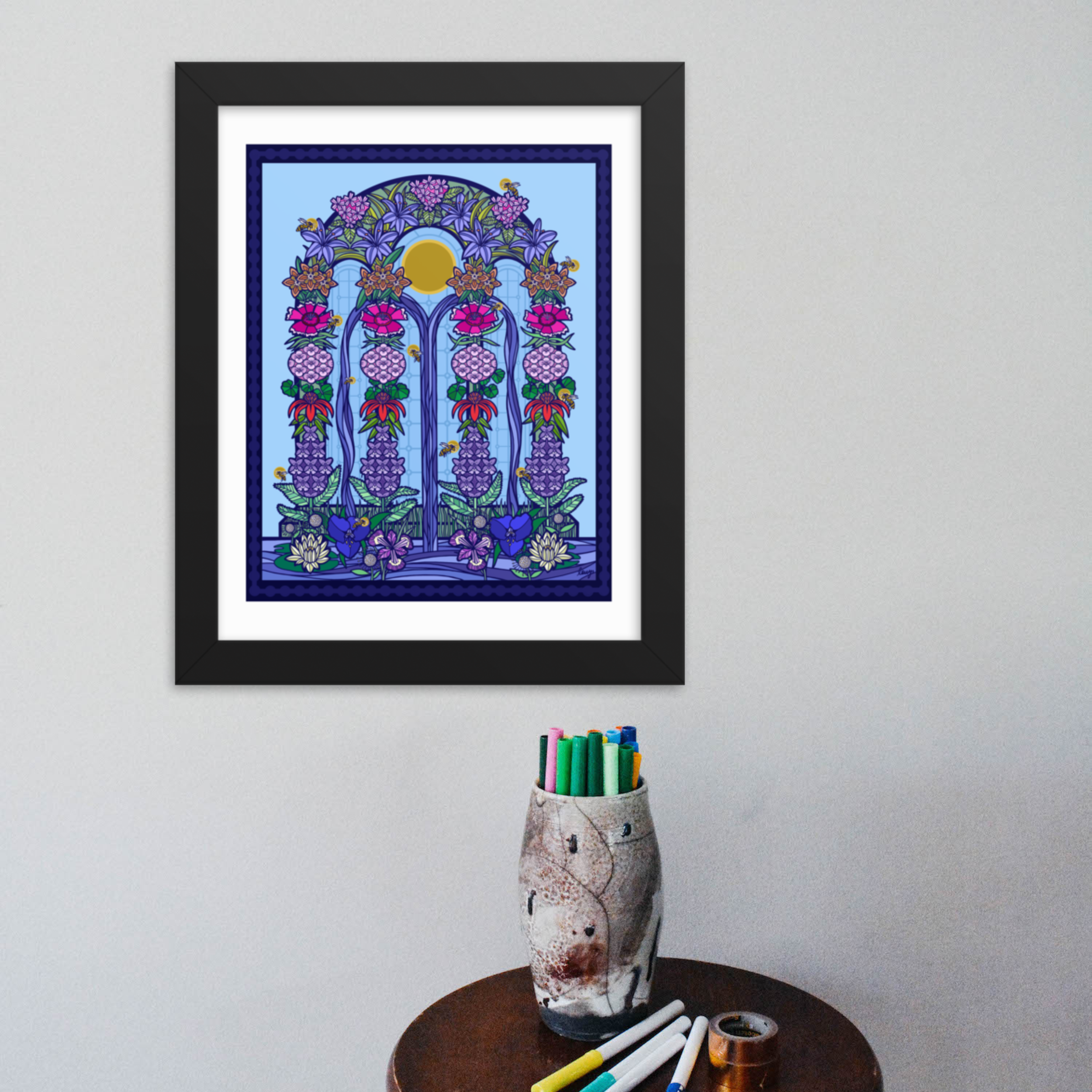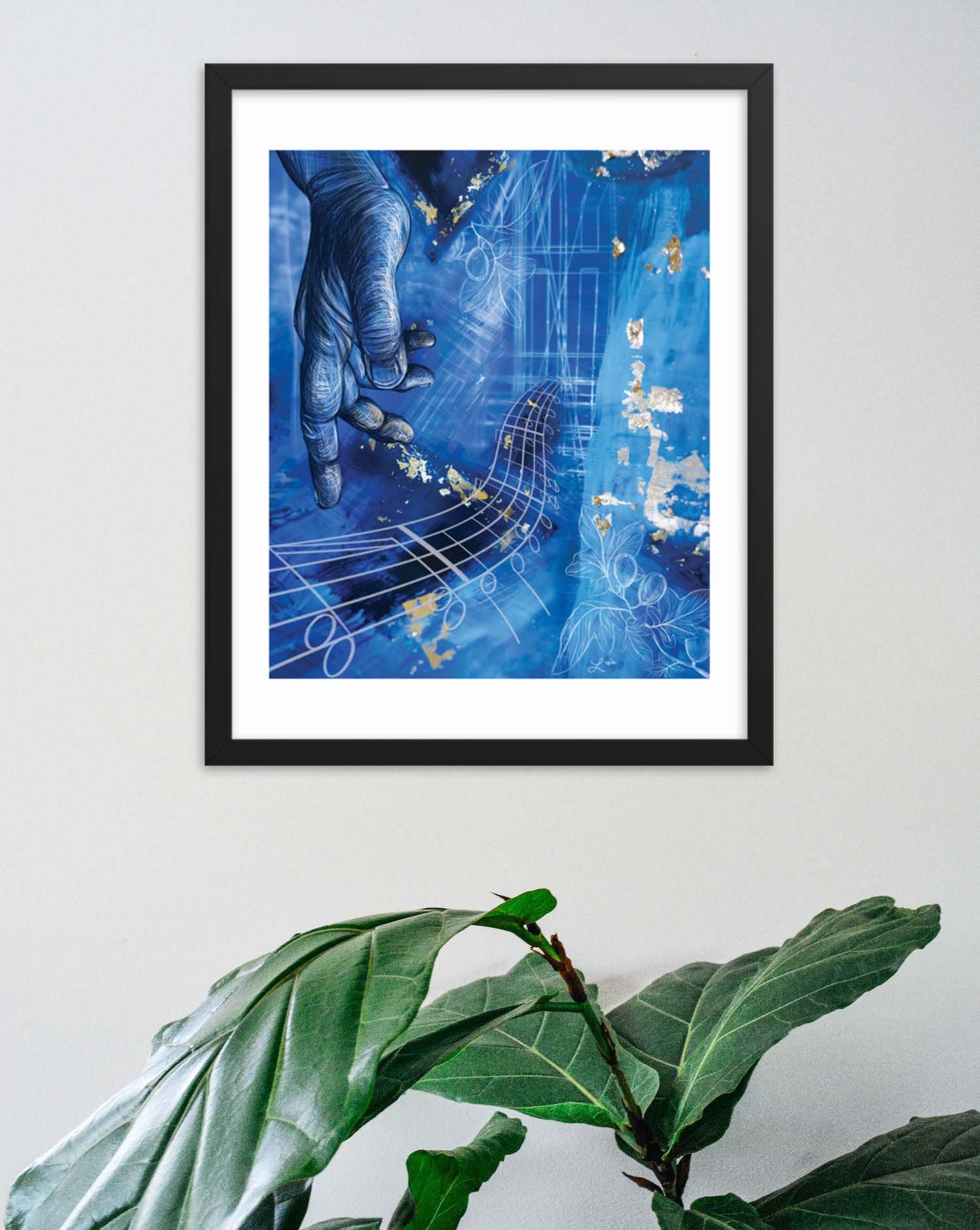Full Life in the Emptiest of Places (Plants) by Lauren Wright Pittman





Full Life in the Emptiest of Places (Plants) by Lauren Wright Pittman
Full Life in the Emptiest of Places
by Lauren Wright Pittman
Inspired by Isaiah 58:9b-12
Digital painting
Museum-quality poster made on thick, durable, matte paper. Unframed artwork will arrive rolled up in a protective tube.
Framing option available.
Print Details:
Museum-quality posters made on thick, durable, matte paper.
Paper is archival and acid-free.
Unframed prints arrive rolled up in a protective tube.
Frame Details:
Alder, Semi-hardwood frame
Black in color
.75” thick
Acrylite front protector
Lightweight
Hanging hardware included
Made in the USA
From the Artist:
After repeated readings of this text, I began to see a garden bursting out of a spring. I imagined the flowers working together to build a beautiful arched structure in a parched place. For me, the structure came to represent the rebuilt ruins in the text which create a safe space for restored communities to thrive. I began creating the piece by finding both drought-resistant and water- emergent plants to create the structure. The water-emergent plants lay the foundation in the midst of the gurgling spring: lotuses, birdbill dayflowers, blue flags, and buttonbush flowers. Building from there, drought-resistant plants craft the strong bones and arches of this rebuilt ruin; from the base to the top of the shelter are: catmint, coneflower, geraniums, dianthus, butterfly weeds, agapanthus, and verbena. Metaphorically speaking, the health of the garden depends on the hard work of gardeners culling weeds (which in the Isaiah passage could be represented by removing theyoke, the pointing of fingers, and the speaking of evil). The garden also depends on adding necessary nutrients to the soil (offering food to the hungry and satisfying the needs of the afflicted). This is the good that is ours to do.
I have a difficult time considering an image complete without a person as the focal point. As I worked on this piece, the flowers and structure alone felt insufficient to represent the fullness of life I was hoping for, so I decided to add bees floating and fluttering throughout this restored flower sanctuary. The community garden shelter provides nourishment for the twelve bees, which in turn provide for the whole ecosystem. When we do the good that is ours to do, our work in discipleship raises up the foundations of many generations. The whole community is uplifted when we lean into God’s will in our life and share that goodness with others.
—Rev. Lauren Wright Pittman










